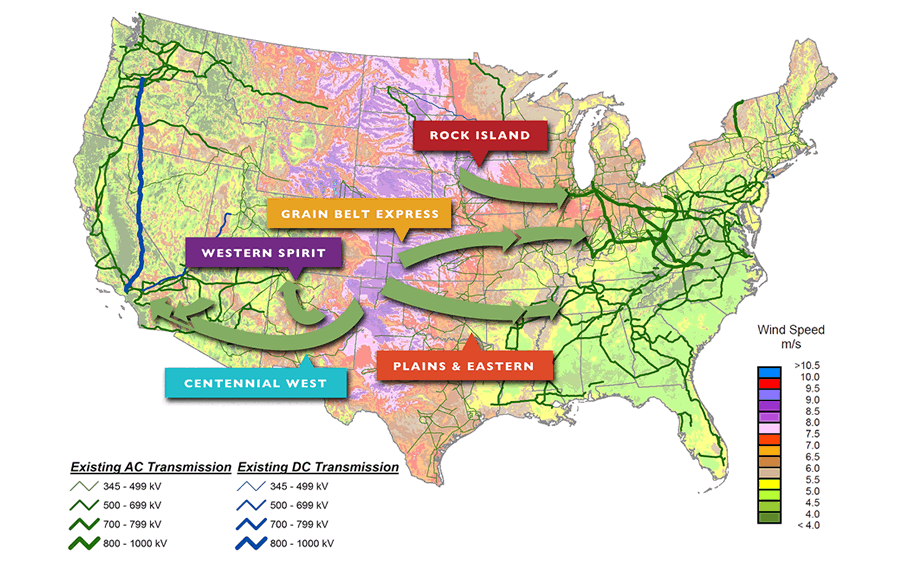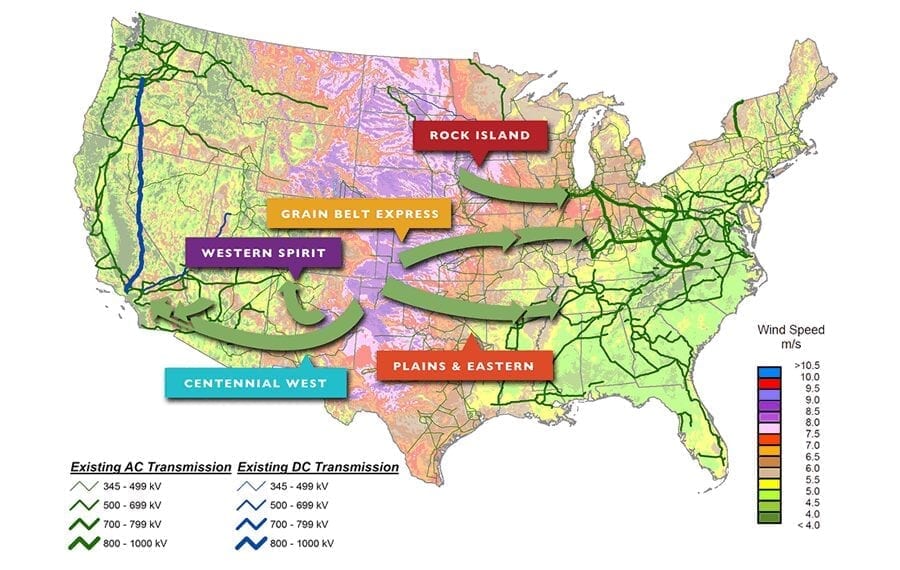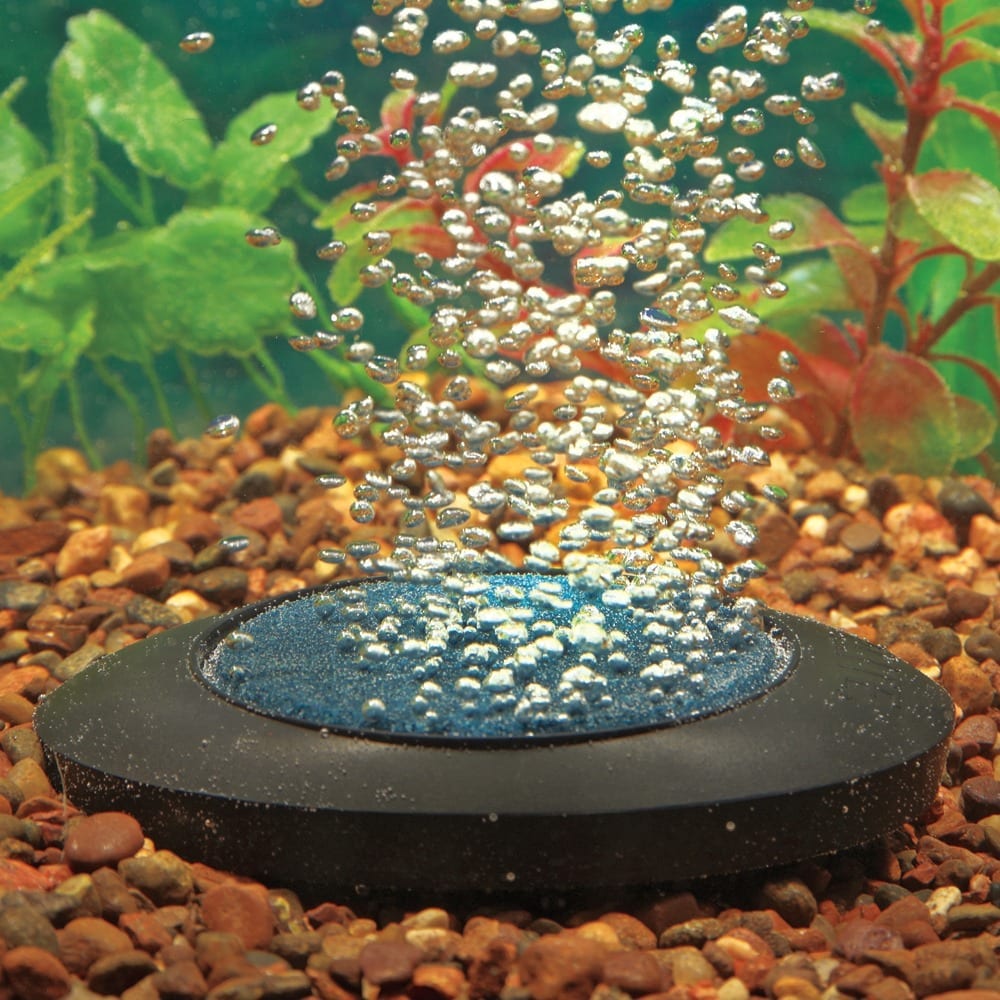
Up and down the center of the country, winds rip across plains, ridges and plateaus, a belt of unharnessed energy capable of powering millions of customers, with enormous potential to help meet national goals to stem climate change.
And because the bulk of the demand is hundreds of miles away, companies are working to build a robust network of high-voltage transmission lines to get the power to the coasts.
If only it were that simple. In all, more than 3,100 miles of projects have yet to be built, in need of government approval.
One of the most ambitious projects, called the Grain Belt Express from a company called Clean Line Energy Partners, spent six years winning the go-ahead in three of the Midwestern states it would cross, only to hit a dead end in Missouri when state regulators voted 3 to 2 to stop the project. They were swayed by landowners like Jennifer Gatrel, who runs a midsize family cattle operation with her husband, Jeff, here in the northwestern part of the state.
She and other opponents made the usual arguments against trampling property rights through the use of eminent domain, obliterating their pastoral views and disrupting their way of life.
But they also argued something else: Why should they have to live beneath the high-voltage lines when there is plenty of wind in the East?
Now the whole project is waiting, putting the Gatrels in the middle of an emerging battle over how the nation should shift to renewable energy and meet ambitious targets in carbon reduction. The outcome will determine where and how green energy will develop over the coming decades.
Proposed Transmission Lines for Renewable Energy
Several companies are hoping to build high-voltage transmission lines to transport renewable energy from wind farms and hydroelectric plants to more populous regions of the country. One such company, Clean Line Energy Partners, has been denied permission by the Missouri Public Service Commission to run its Grain Belt Express transmission line across that state.
The transmission lines like Grain Belt Express, he said, would bring the electricity to where there is demand.
The push to enhance the grid has gained urgency as renewables have spread. Already, electric systems in areas like Hawaii and Germany are under strain as wind and solar power fluctuate and overload the wires. What is needed, proponents say, is a new infrastructure better suited to handle renewable energy.
Energy Department officials acknowledge as much, saying that the United States must significantly upgrade its transmission and distribution system to meet both the needs of the information economy and clean energy goals, an effort that would require an estimated $900 billion in investment by 2030.
A recent study by the National Oceanic and Atmospheric Administration and the University of Colorado, Boulder, found that with such a network, the United States could supply most of its electricity with renewables by then at costs near today’s prices and get close to meeting the goals set in the Paris agreement on climate change.
But opponents like Ms. Gatrel say that giant projects like the Grain Belt Express represent an outmoded, centralized approach to delivering energy. Just as it is healthier and more sustainable to eat foods close to where they are grown, the argument goes, so, too, should electricity be consumed closer to where it is produced.
Learn more: Fight to Keep Alternative Energy Local Stymies an Industry
The Latest on: Alternative energy transmission lines
[google_news title=”” keyword=”alternative energy transmission lines” num_posts=”10″ blurb_length=”0″ show_thumb=”left”]
via Google News
The Latest on: Alternative energy transmission lines
- Renewable energy projects face delays, audit sayson April 29, 2024 at 7:06 am
The report from the comptroller's office said that large-scale projects are taking three years to have applications deemed complete ...
- L.D. 2087: Land for transmission lineson April 27, 2024 at 10:53 pm
An Act to Protect Property Owners by Making Certain Changes to the Laws Governing the Use of Eminent Domain by Transmission and Distribution Utilities.
- Officials Celebrate a New Power Line to Charge Up the Energy Transition in the Southweston April 27, 2024 at 2:11 am
A ribbon cutting for a transmission line drew the secretary of the interior and the director of the BLM to Arizona on the same day that the Biden administration announced a rule to speed development ...
- Tribes bring fight over Southwest transmission line to 9th Circuiton April 25, 2024 at 3:20 am
The federal appeals court will now consider whether to freeze work on the SunZia line, which is designed to expand access to renewable energy.
- Clean energy transmission battle pits speed against worker, farm protectionson April 22, 2024 at 1:00 am
It has become almost a cliche to say that New York is behind on building renewable energy. One factor? There aren’t enough wires to move new clean energy from the ...
- RAPID ACT: Bill streamlining transmission line buildout leaves rural NY uneasyon April 19, 2024 at 4:58 pm
The RAPID Act, which stands for Renewable Action Through Project Interconnection and Deployment, will streamline the approval process for transmission lines to connect renewable energy sources to the ...
- Judge allows major Southwest transmission line to proceedon April 18, 2024 at 3:37 am
Arizona tribes and other challengers failed to convince the court to freeze work on the high-voltage SunZia line.
- Western States Could Make Billions Selling Renewable Energy, But They’ll Need a Lot More Regional Transmission Lineson April 18, 2024 at 2:05 am
Building more regional infrastructure to distribute electricity in the West could help states more affordably meet their clean energy goals, a new study found. And they could turn hefty profits ...
- SunZia transmission line construction in Arizona can proceed, judge ruleson April 17, 2024 at 12:32 pm
A U.S. judge has refused to block construction on a segment of Pattern Energy's multibillion-dollar SunZia renewable energy transmission line in southeastern Arizona that will carry wind energy to ...
- US court rejects a request by tribes to block $10B energy transmission project in Arizonaon April 16, 2024 at 6:32 pm
A federal judge has rejected a request by Native American tribes and environmentalists to stop work on a $10 billion electricity transmission line slated to run through a remote valley in southern ...
via Bing News










